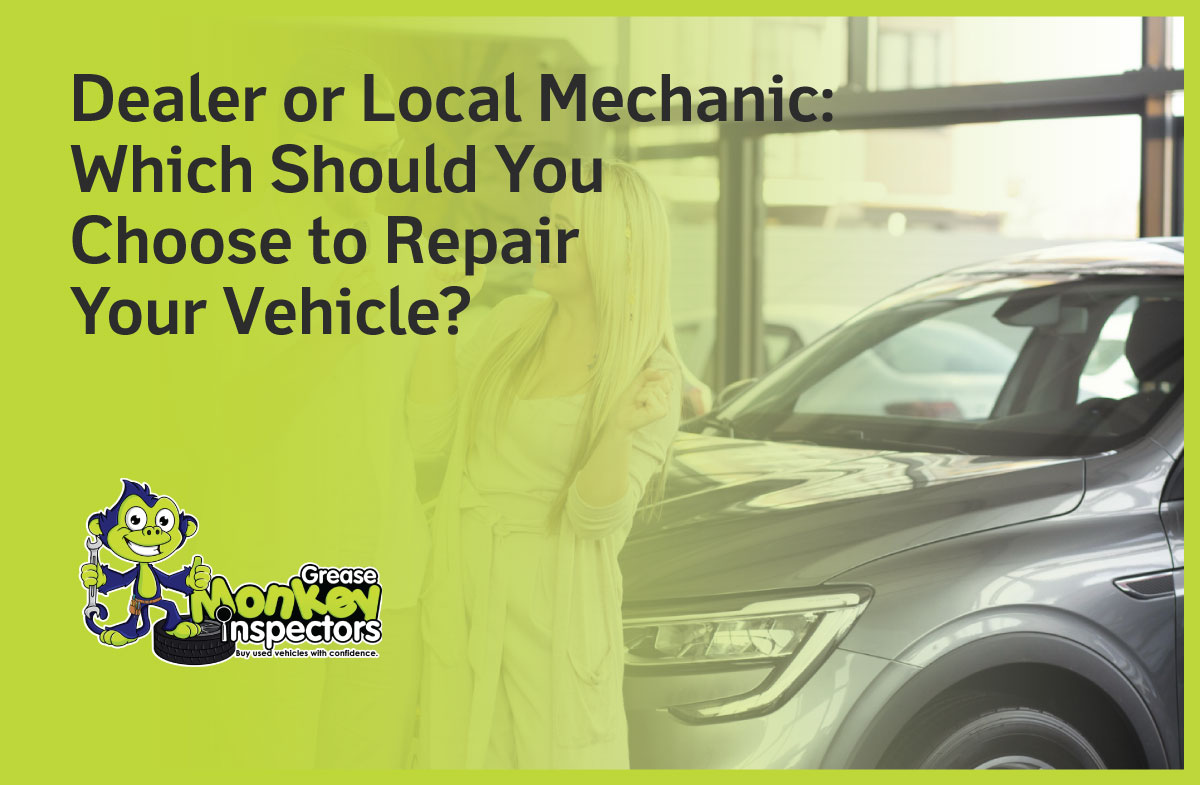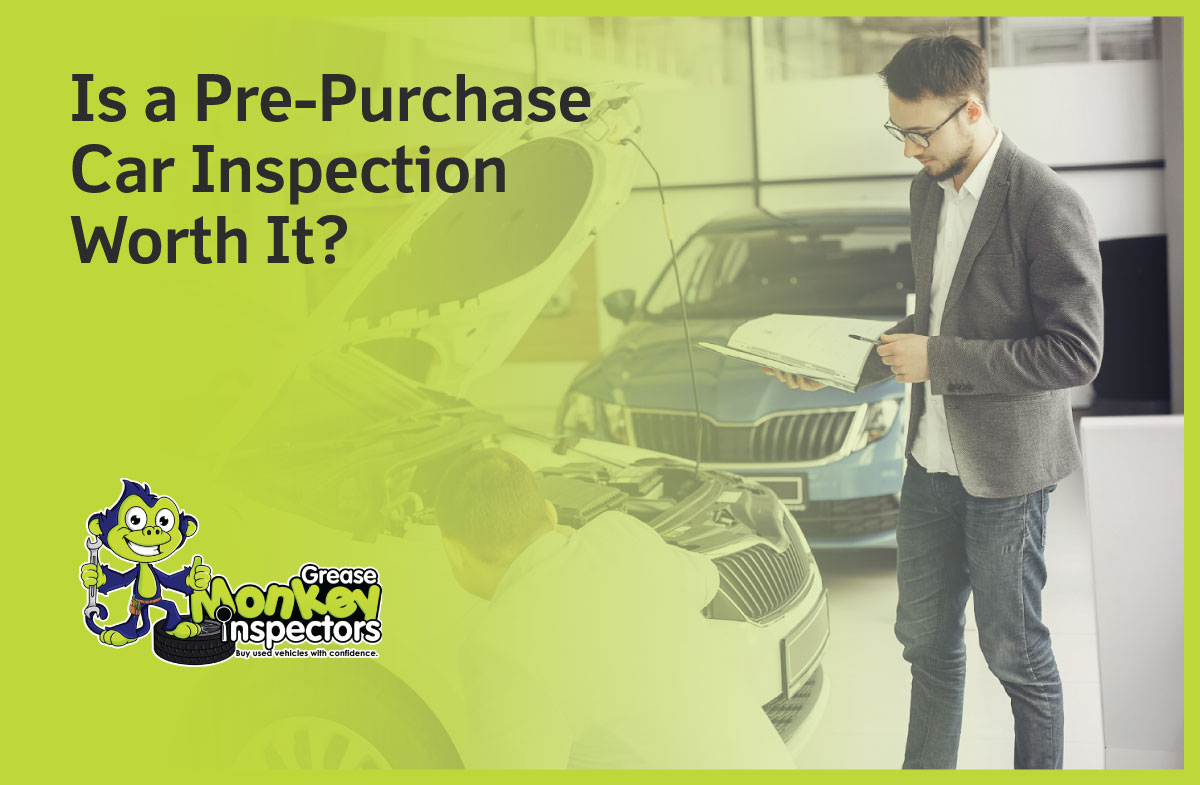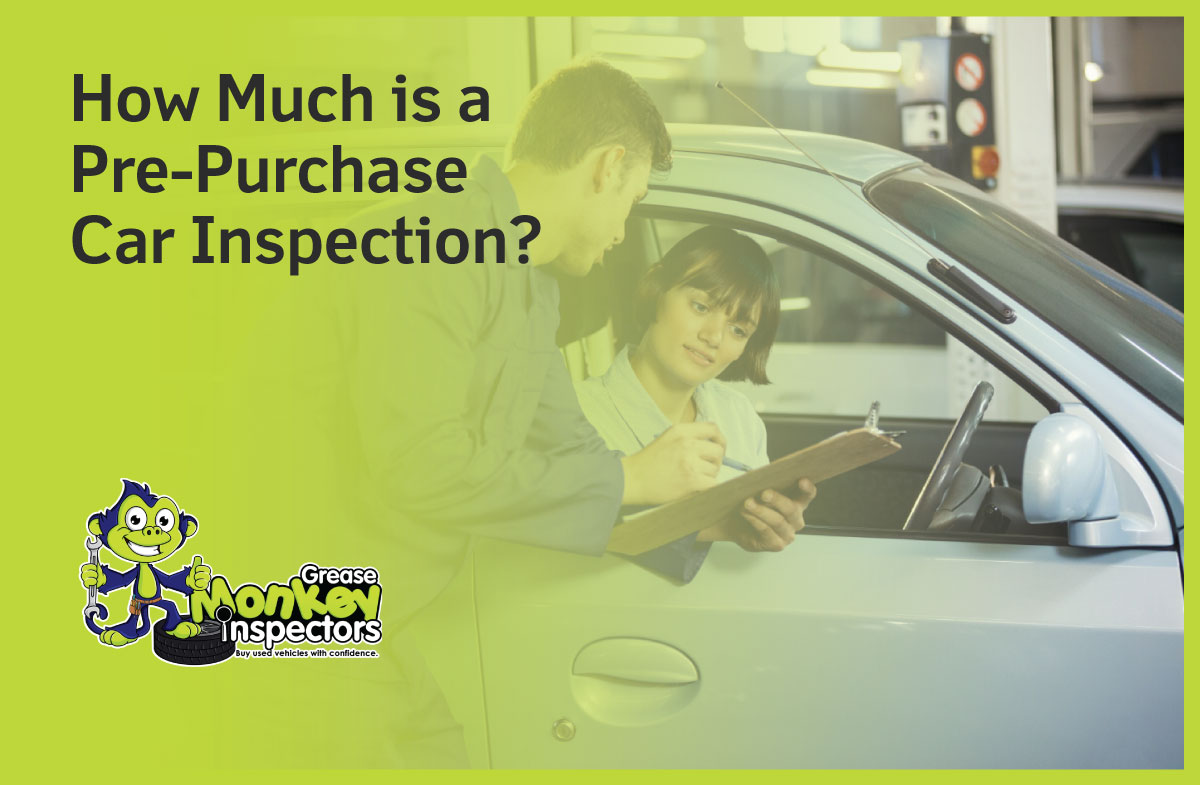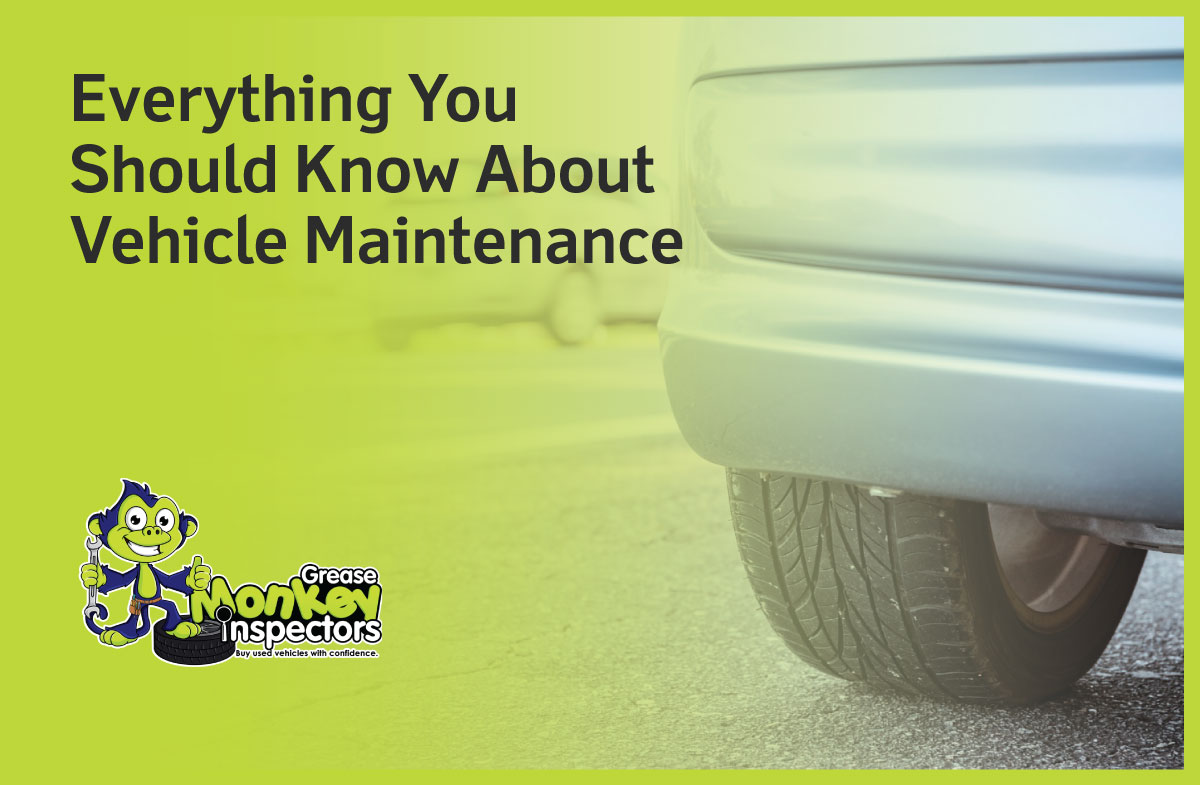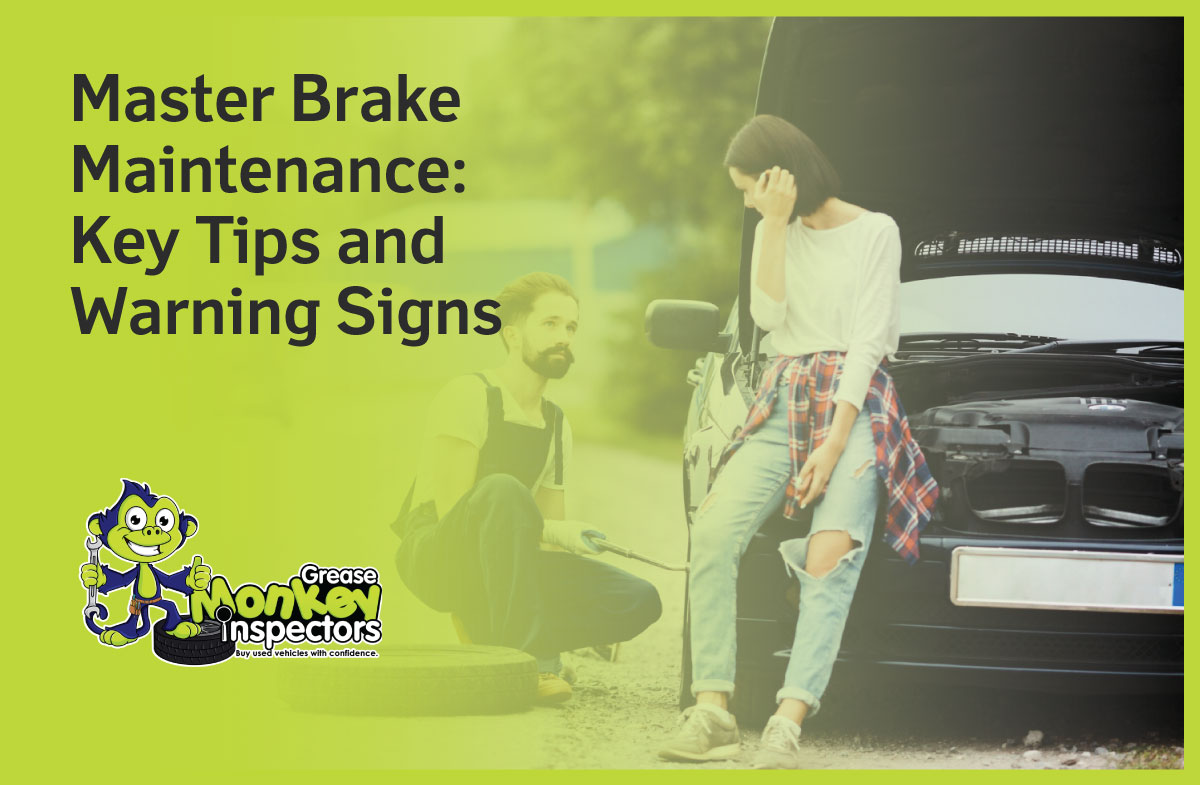When it’s time to repair your vehicle, deciding between a dealership or an independent mechanic is crucial. Both options have their pros and cons, but choosing the right one can greatly impact the quality and cost of your repairs.
At Greasemonkey Inspectors, we understand that making this decision isn’t always easy. That’s why we’re here to guide you through the process, ensuring that your vehicle is in the best hands, whether you’re repairing your vehicle in Ontario or anywhere else in Canada.
Cost Differences: Repair Your Vehicle in Ontario
One of the biggest factors when you repair your vehicle is cost. Dealerships often charge more due to higher labor rates and the use of manufacturer-specific parts. These costs stem from their overhead expenses, which include showroom maintenance and staff salaries. However, opting for an independent shop can save you money. Independent mechanics typically have lower operating costs and can source parts from various suppliers, including aftermarket manufacturers. This flexibility often leads to more competitive pricing, especially when you repair your vehicle in Canada.
Parts Pricing: Quality Without Breaking the Bank
When repairing your vehicle, it’s not just labor costs that matter—parts pricing is equally important. Dealerships usually source their parts directly from manufacturers, leading to higher prices. While these parts are genuine, the premium cost can be prohibitive. In contrast, independent shops can offer high-quality aftermarket parts at a fraction of the cost. These parts are often just as reliable and durable, ensuring that your vehicle stays in top shape without breaking the bank.
Faster Turnaround: Repair Your Vehicle in Canada
Dealerships are known for long wait times, both for appointments and the repair process itself. This can be frustrating, especially if you need your vehicle back on the road quickly. Independent shops, on the other hand, usually provide quicker service. With fewer customers and a more streamlined process, you can expect faster turnaround times when you repair your vehicle in Ontario or any other region in Canada.
Expertise: Independent Mechanics vs. Dealership Technicians
A common misconception is that dealership technicians are more skilled than independent mechanics. While dealership techs receive specialized training, independent mechanics often bring years of hands-on experience with various vehicle models. At Greasemonkey Inspectors, we work closely with seasoned mechanics who have honed their skills over time, ensuring that your vehicle is repaired to the highest standards, no matter where you are in Canada.
Unbiased Advice: Choose What’s Best for You
Dealerships often push for brand-specific repairs, which can lead to biased advice. Independent shops, however, focus on what’s best for you and your vehicle. They provide unbiased recommendations, ensuring you get the repairs you need without any unnecessary add-ons. When you repair your vehicle in Ontario or elsewhere, trust Greasemonkey Inspectors to connect you with reliable mechanics who prioritize your needs.
Quality of Repairs: Independent Shops Deliver
Don’t assume that dealership repairs automatically mean better quality. Independent shops often employ highly skilled technicians who provide excellent service, sometimes even better than dealerships. These mechanics are dedicated to delivering meticulous and reliable repairs, ensuring your vehicle stays in peak condition. At Greasemonkey Inspectors, we only recommend trusted mechanics who meet our high standards, so you can confidently repair your vehicle in Canada.
Support Local: Strengthen Your Community
Choosing to repair your vehicle at an independent shop not only saves you money but also supports your local economy. Independent repair shops are often owned and operated by community members who reinvest in the area by hiring local staff and purchasing goods from nearby businesses. By opting for an independent mechanic, you’re contributing to the economic growth and sustainability of your community. Greasemonkey Inspectors is proud to support local businesses and connect you with reputable independent mechanics who prioritize quality service.
The Greasemonkey Inspectors Advantage
At Greasemonkey Inspectors, we’re committed to providing you with the best options for vehicle repairs. Whether you’re repairing your vehicle in Ontario or another part of Canada, we connect you with top independent mechanics who offer competitive pricing, faster service, and high-quality repairs. Make the smart choice for your vehicle and your wallet by choosing an independent shop. Ready to get started? Explore our inspection packages to ensure your vehicle is in top shape.

